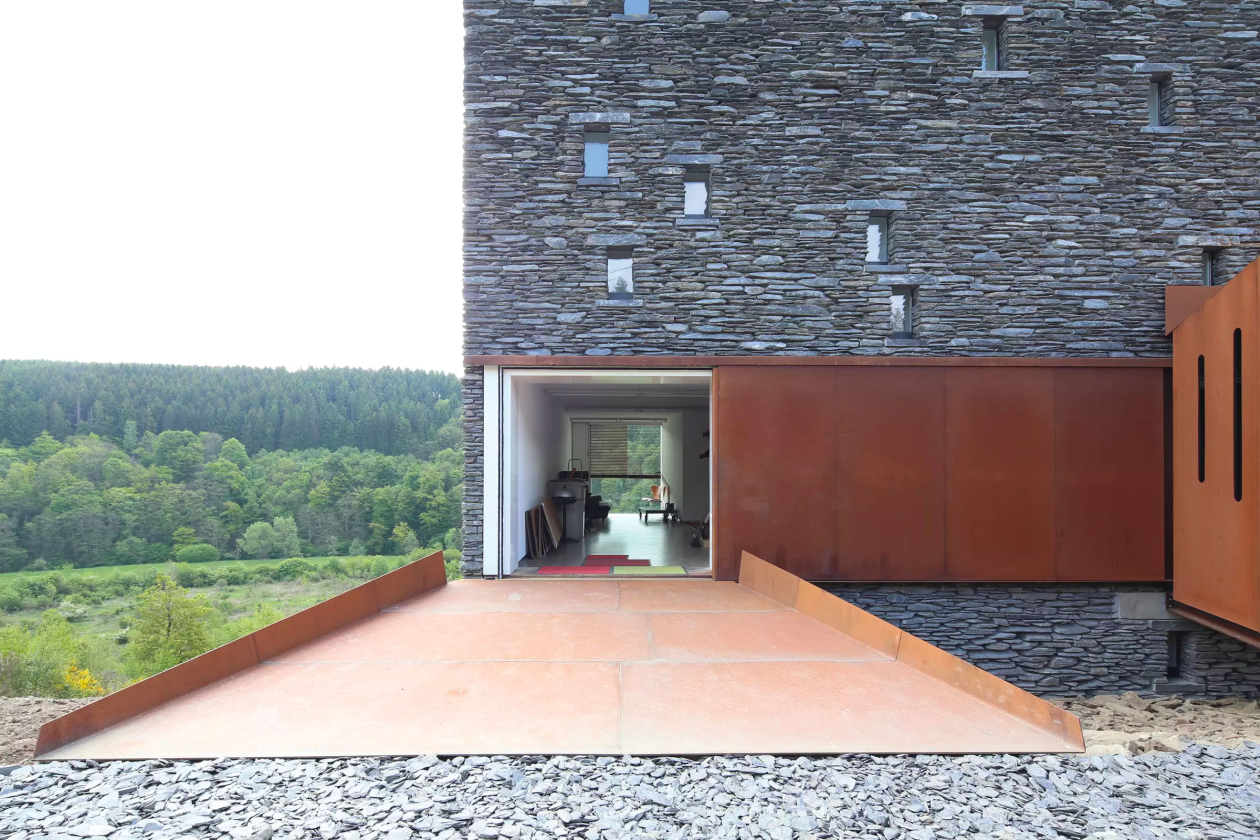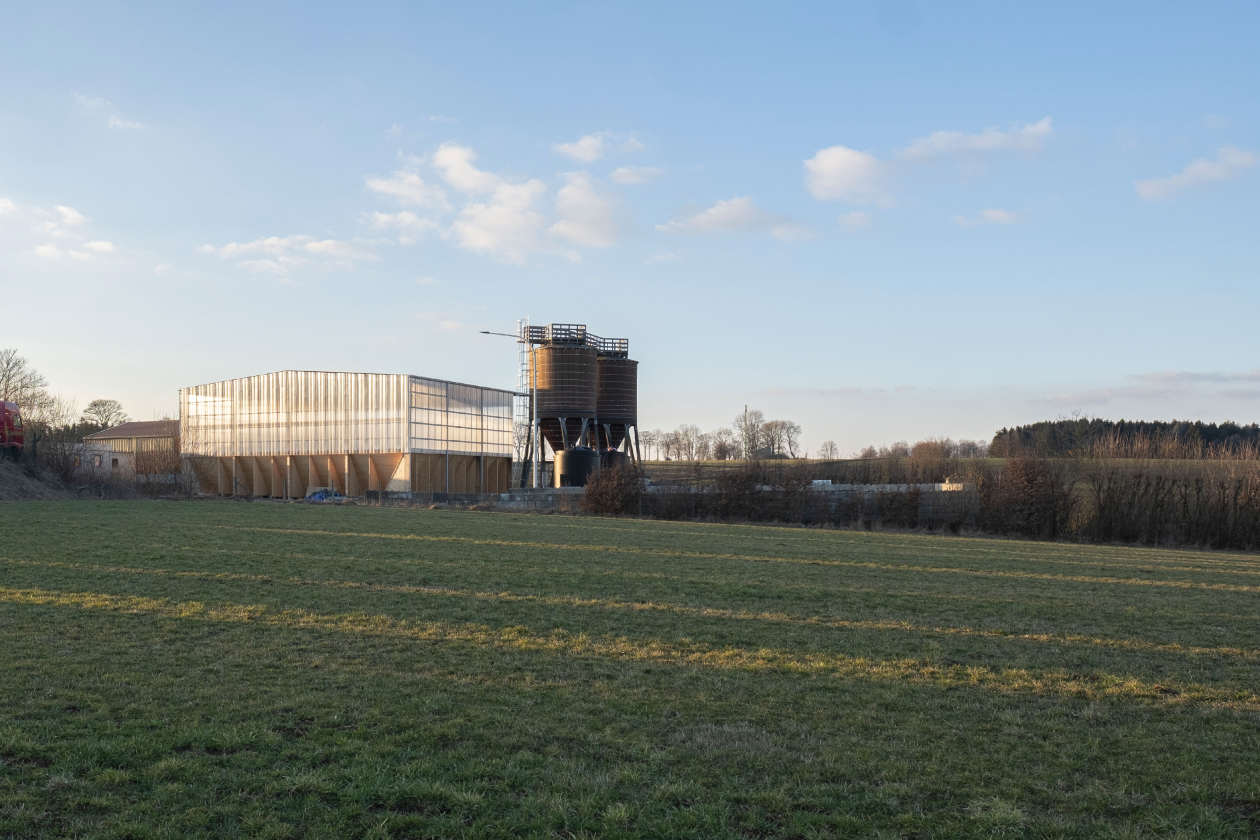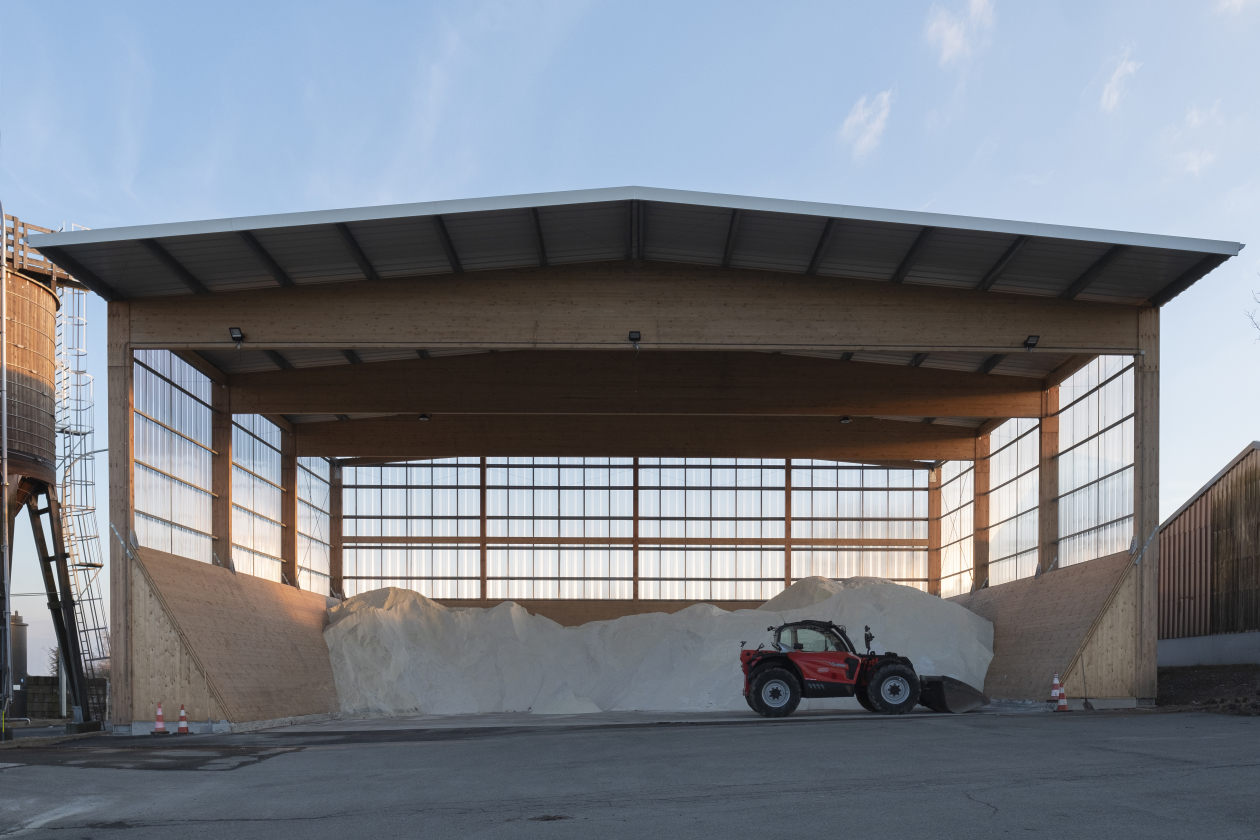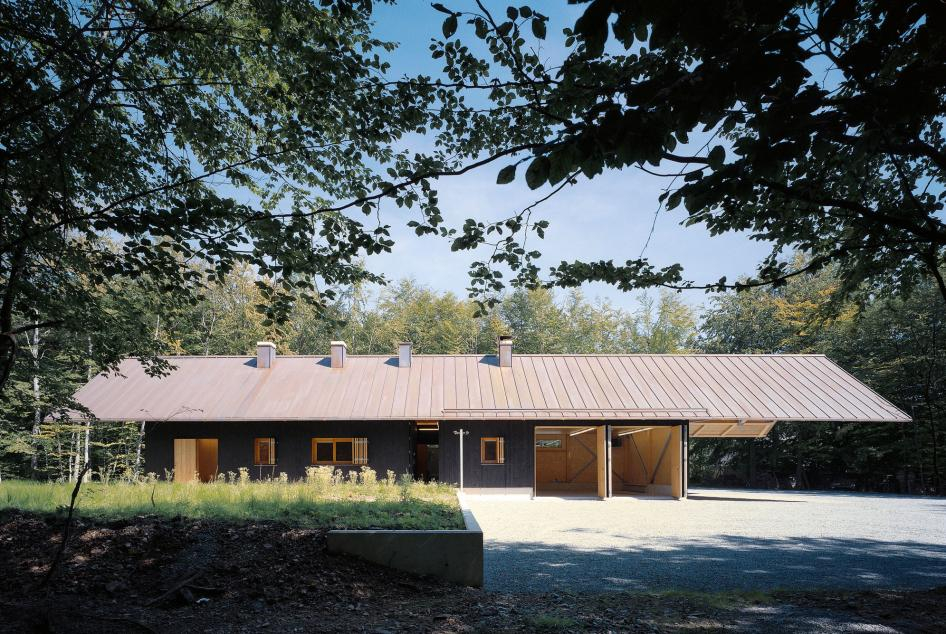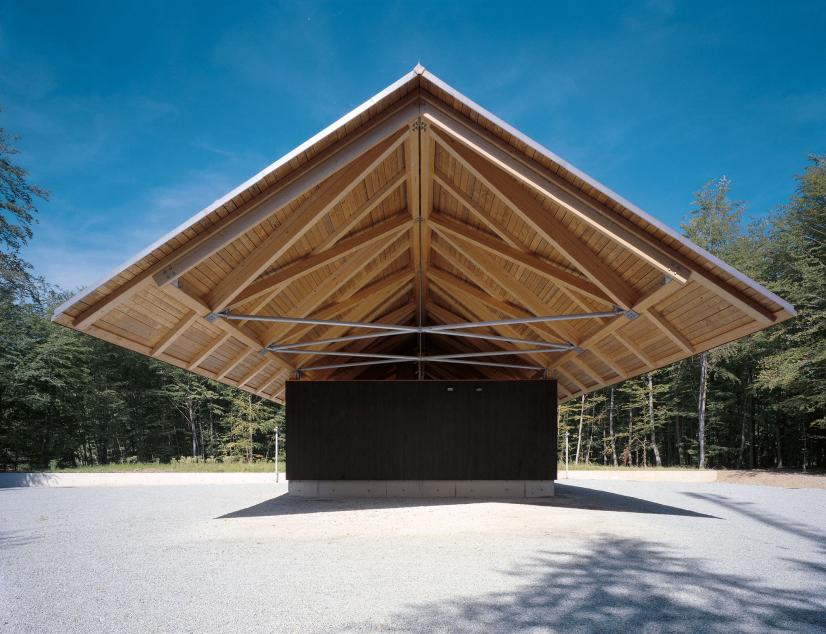Vers une nouvelle ruralité en province du Luxembourg : guided tours
Throughout the summer of 2024, as part of its Temps d'archi #10 entitled Vers une nouvelle ruralité (Towards a new rurality), ICA will be taking you on a discovery of rural areas in Wallonia and the architectural approaches capable of developing their territory in a more qualitative way. Five guided tours will point out the challenges of spatial development in rural areas and provide answers, while inviting you to discover new ideas and sustainable ways of living together in the countryside. Designed as opportunities for discovery, exchange and discussion, the tours will be led by the architects in charge of the projects visited and members of the ICA.
This first day will take us on the roads of the province of Luxembourg on Sunday 26 May:
10:00 : Hangar à sel, Houffalize, 2019-2020
Par Goffart-Polomé Architectes
11:30 : L'Orangerie, Centre d'art contemporain, Bastogne, 1999
Par Jacques Windeshausen & Michel Dachelet
12:30 : Lunch (inclus)
14:00 : Maison Schaap, Martelange, 2006-2014
Atelier d’architecture Pierre Hebbelinck & Pierre De Wit
15:00 : Promenade aux oiseaux, Martelange, 2011
Atelier d'architecture A3
16:00 : Pavillon forestier et observatoires, Tenneville, 2004-2005
Par Dethier Architectures
The day will begin with a visit to a salt shed designed by the Goffart-Polomé office in Fontenaille. This project demonstrates how an apparently banal programme can inspire a remarkable building. Located in a small industrial estate on the edge of the village, the building blends subtly into its rural surroundings, evoking agricultural warehouses. Its frugal and functional design, with a CLT and glulam structure, offers great constructive clarity while being economical. Despite the constraints and modifications imposed by the public services, this project demonstrates an innovative approach to dealing with programmes that are often considered ungrateful, by transcending their simple functionality.
The day will continue in Bastogne with a visit to the L'Orangerie art centre. Designed by Jacques Windeshausen & Michel Dachelet, this project has been home to a contemporary art space for twenty years. An access rotunda flanked by a staircase leading to the park and punctuated by a kiosk forms a circular reception area 8 m in diameter and leads to the exhibition room itself. The hall is structurally punctuated by sloping, smooth concrete supports that contrast with the stonework.
In Martelange, a black slate house designed by the architectural studio Pierre Hebbelinck & Pierre De Wit emerges from the mineral landscape of a former slate quarry. This cube of stone and Corten steel is enhanced by a glass and aluminium façade offering a spectacular view over the Sûre valley. An outside staircase leads down to a mineral garden by the river, anchoring the house in its landscape. This frugal architecture, in harmony with the land, favours the use of local materials and incorporates the memory of the site. Also in Martelange, the Moulin site provides access to a footbridge designed to bring the Tannerie district and the municipal administration closer together, separated by the Sûre valley. Following a wide curve, the wooden, steel and stone footbridge is built on stilts to prevent the river from flooding. Crossing the river by means of a cable-stayed bridge, the route is punctuated by a rest area, a promontory and a lookout point.
To round things off, there will be a visit of three projects designed by Dethier Architectures in Tenneville: a forestry pavilion with a double-sloped roof reveals the light-coloured sides of its interior walls when the doors and shutters are opened. The 420 m2 interior offers a range of functions, and can accommodate hunters, forest rangers and scientists alike. There is a meeting room, a cold room, a laboratory, a garage with a pit for vehicle maintenance, service rooms and, under the canopy, a storage area for farm equipment. A few steps away is a game observatory perched 6.60 m above the ground and crossed by three slanting, unsquared Douglas fir trunks. The trunks are joined at their bases by a concrete base to which they are articulated by metal parts. The trapezoidal shape of the platform offers 270° views over the landscape. Finally, the observatory at the Bilaude ponds, made up of two Douglas-fir volumes, one slightly lower than the other, opens out in two different directions to provide the widest possible range of observation posts over an area of 70 m2.
10:00 - 17:00
Fontenaille 7
6661 Houffalize
Belgium
With Goffart-Polomé Architectes, Daniel Dethier, Pierre Hebbelinck & Pierre De Wit, Atelier d’architecture A3, Jacques Windeshausen & Michel Dachelet.
Registration required using the form below. A contribution of 5 euros per person, including lunch, is payable to confirm your registration on the account of ICA-WB: BE13 5230 8108 8439 with the communication 26mai2024.

